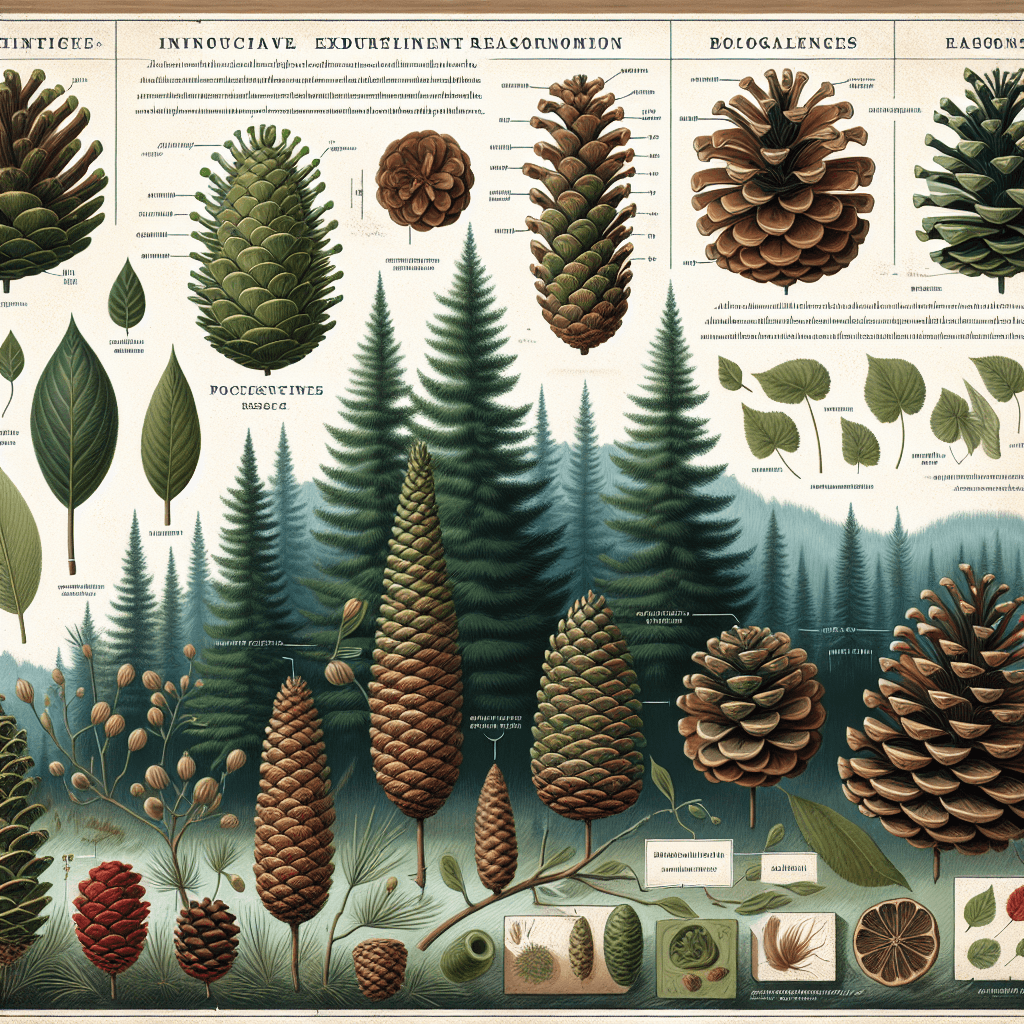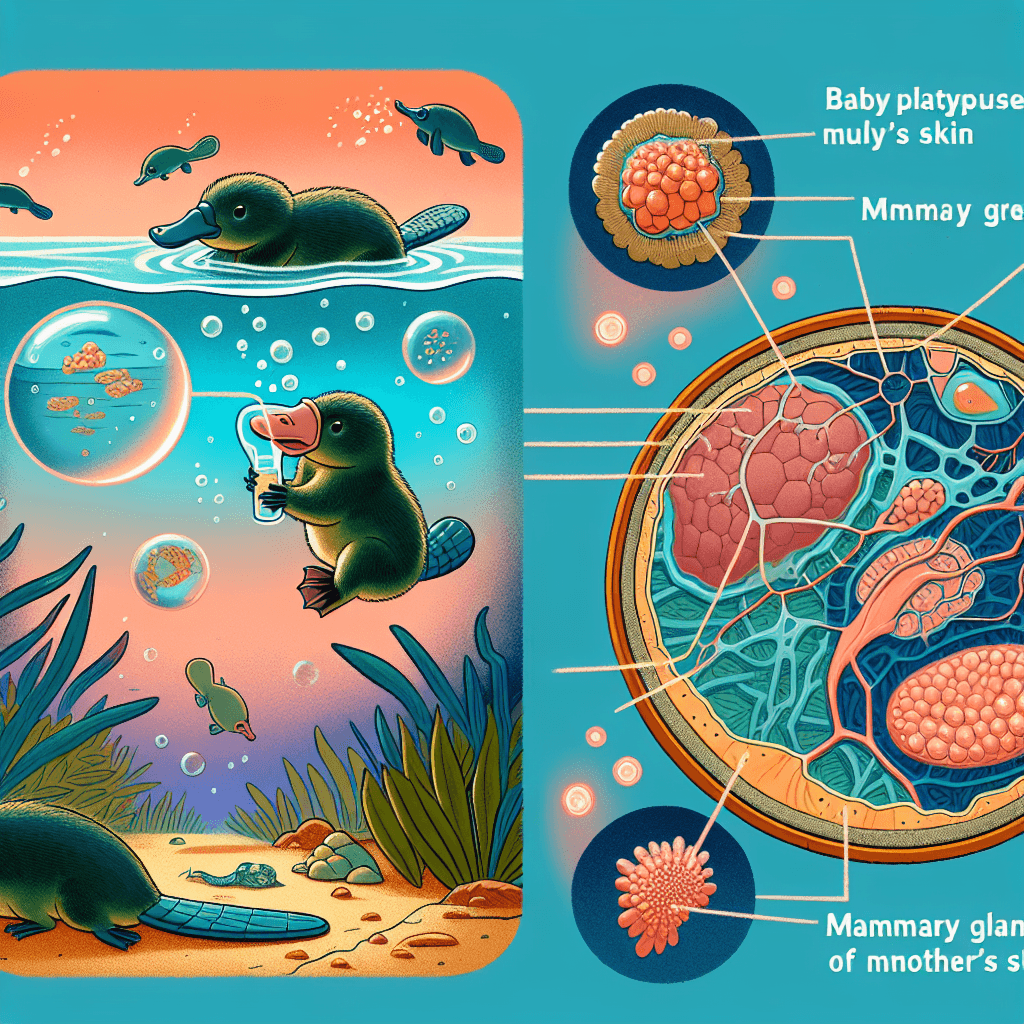Why do pinecones open and close all by themselves
Believe it or not, every pinecone is a tiny, natural weather station that knows exactly when to open its scales or clamp shut. Discover the simple yet brilliant secret behind this forest phenomenon.


Too Long; Didn't Read
TLDR: Pinecones open and close due to changes in humidity. They open in dry weather to release their seeds for wind dispersal and close when it's damp or wet to protect them. This is a mechanical process, not a sign of life.
Nature's Smart Design: Why Do Pinecones Open and Close All by Themselves?
Have you ever collected a tightly shut pinecone on a damp day, only to bring it indoors and find it has mysteriously bloomed open on your shelf? This isn't a bit of forest magic, but rather a brilliant example of nature's engineering at its finest. Pinecones are far more than simple tree ornaments; they are sophisticated devices designed for a single, crucial purpose: ensuring the survival of the next generation of pine trees. This post will explore the fascinating science behind why pinecones open and close, revealing a passive yet powerful mechanism that has even inspired modern technology.
The Ultimate Goal: Spreading the Seeds
Before diving into the "how," it's essential to understand the "why." A pinecone's primary function is to protect and disperse a pine tree's seeds. Each scale on a female pinecone shelters one or two seeds at its base. The cone's ability to change its shape is a direct response to environmental conditions, creating the perfect strategy for successful propagation.
- Closing: When the weather is wet or humid, the pinecone's scales press together tightly. This protects the delicate seeds from moisture, which could cause them to rot or germinate too early. It also shields them from seed-eating animals.
- Opening: When the air becomes dry and warm, the pinecone opens up. These are the ideal conditions for seed dispersal. The dry, often breezy weather allows the lightweight, winged seeds to be carried far from the parent tree, increasing their chances of finding fertile ground to grow without competing for resources.
The Secret Mechanism: A Masterclass in Hygromorphism
The process behind this opening and closing is known as hygromorphism, which describes a plant structure's ability to change shape in response to changes in humidity. What makes this process so remarkable is that it is entirely passive. It requires no metabolic energy from the tree (especially since the cone is no longer living once it has matured and fallen). The movement is a purely physical reaction built into the pinecone's anatomy.
A Tale of Two Tissues
The secret lies within the structure of each individual scale. Every scale is a natural bimetallic strip, composed of two distinct layers of tissue that react to moisture differently.
- The Outer Layer: The bottom (outer) side of the scale is made of long, fibrous tissue. These fibers readily absorb water from the air. When they absorb moisture, they swell and expand in length.
- The Inner Layer: The top (inner) side of the scale, closer to the cone's core, is made of dense, rigid, and woody tissue. This layer does not expand or contract much in response to moisture.
When the air is humid, the outer layer absorbs water and expands. Since the inner layer remains static, this differential in size forces the scale to bend inwards, causing the entire pinecone to close. Conversely, when the air is dry, the fibrous outer layer loses its moisture and shrinks back to its original size. This releases the tension, allowing the scale to straighten out and the pinecone to flare open.
From Nature to Technology: Biomimicry Inspired by Pinecones
This simple, energy-free mechanism has not gone unnoticed by scientists and engineers. The study of the pinecone effect is a classic example of biomimicry—learning from and mimicking nature's strategies to solve human challenges. Researchers are developing "smart" materials that can change shape in response to humidity, just like a pinecone. Potential applications include:
- Self-ventilating buildings: Facades with vents that open automatically when indoor humidity is high and close when it's dry, saving on energy costs.
- Adaptive clothing: Fabrics that can open their weave to become more breathable as the wearer sweats.
- Moisture-triggered robotics: Simple, energy-free grippers or actuators that operate based on environmental moisture levels.
Conclusion
So, the next time you see a pinecone, you'll know it’s more than just forest floor decor. It is a masterfully designed seed-dispersal machine, operating on an elegant principle of physics. Its ability to open and close is a silent, passive dance with the humidity in the air, a clever survival strategy honed over millions of years. This simple yet sophisticated mechanism serves as a powerful reminder of nature's ingenuity and provides a source of inspiration for a more sustainable, responsive future in our own technology.


